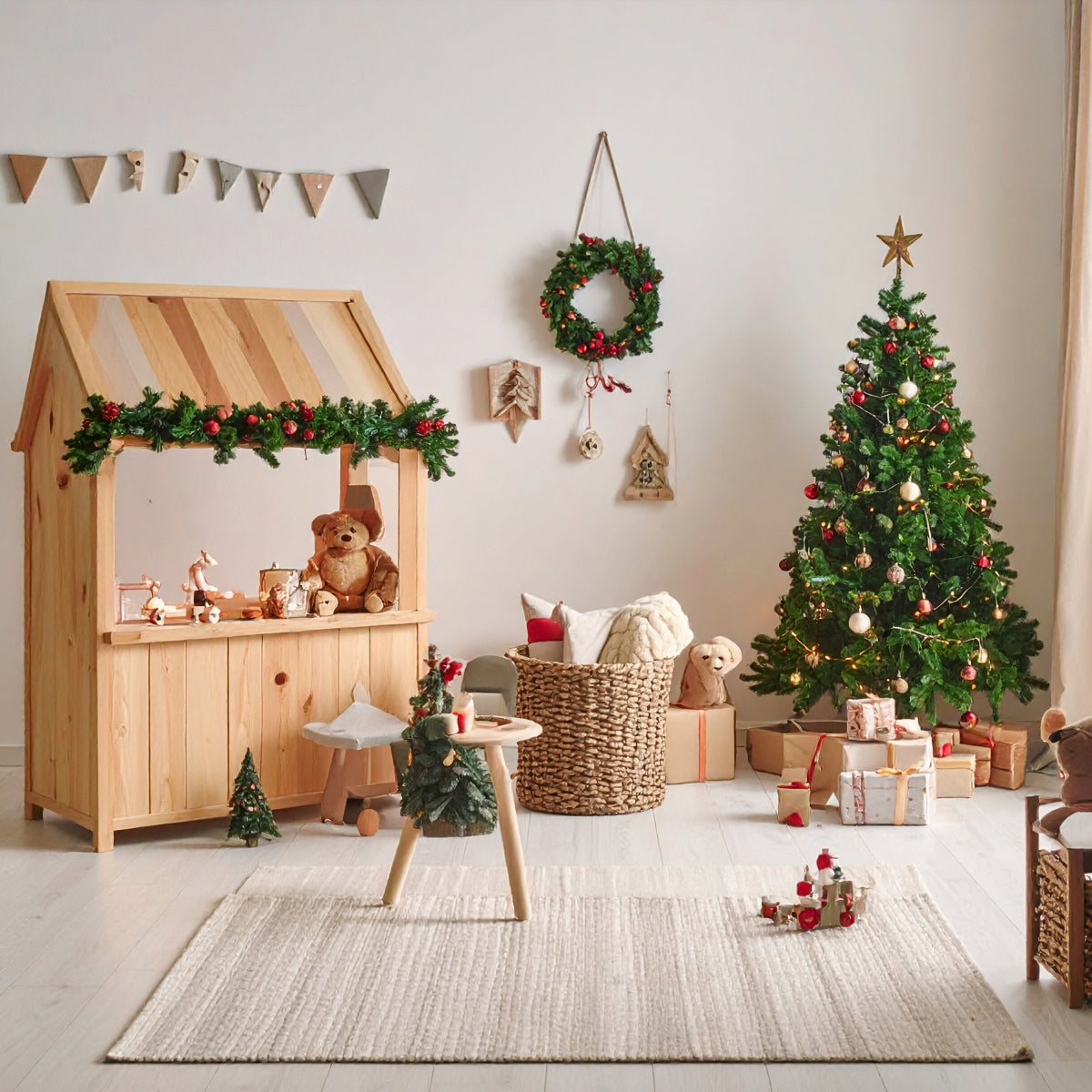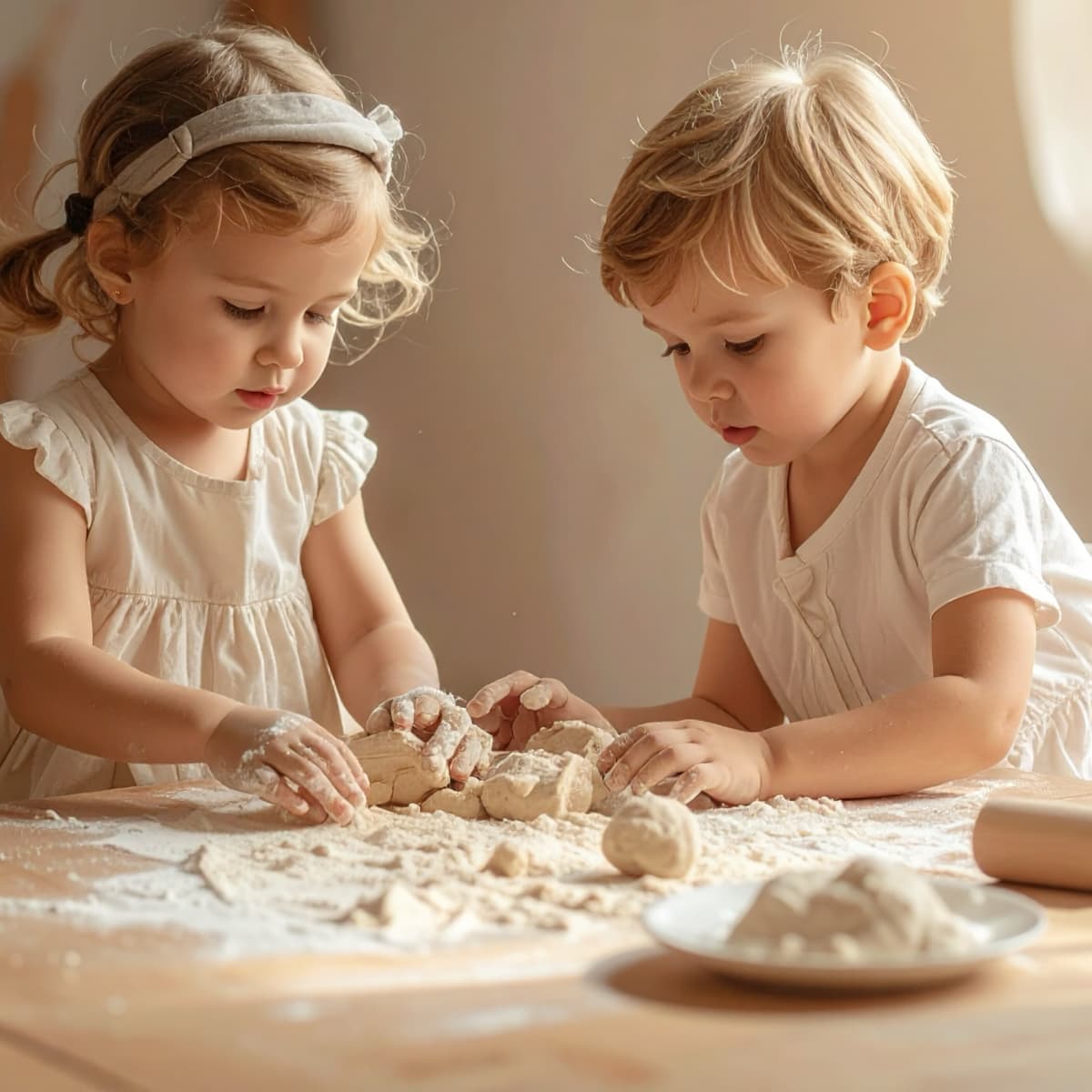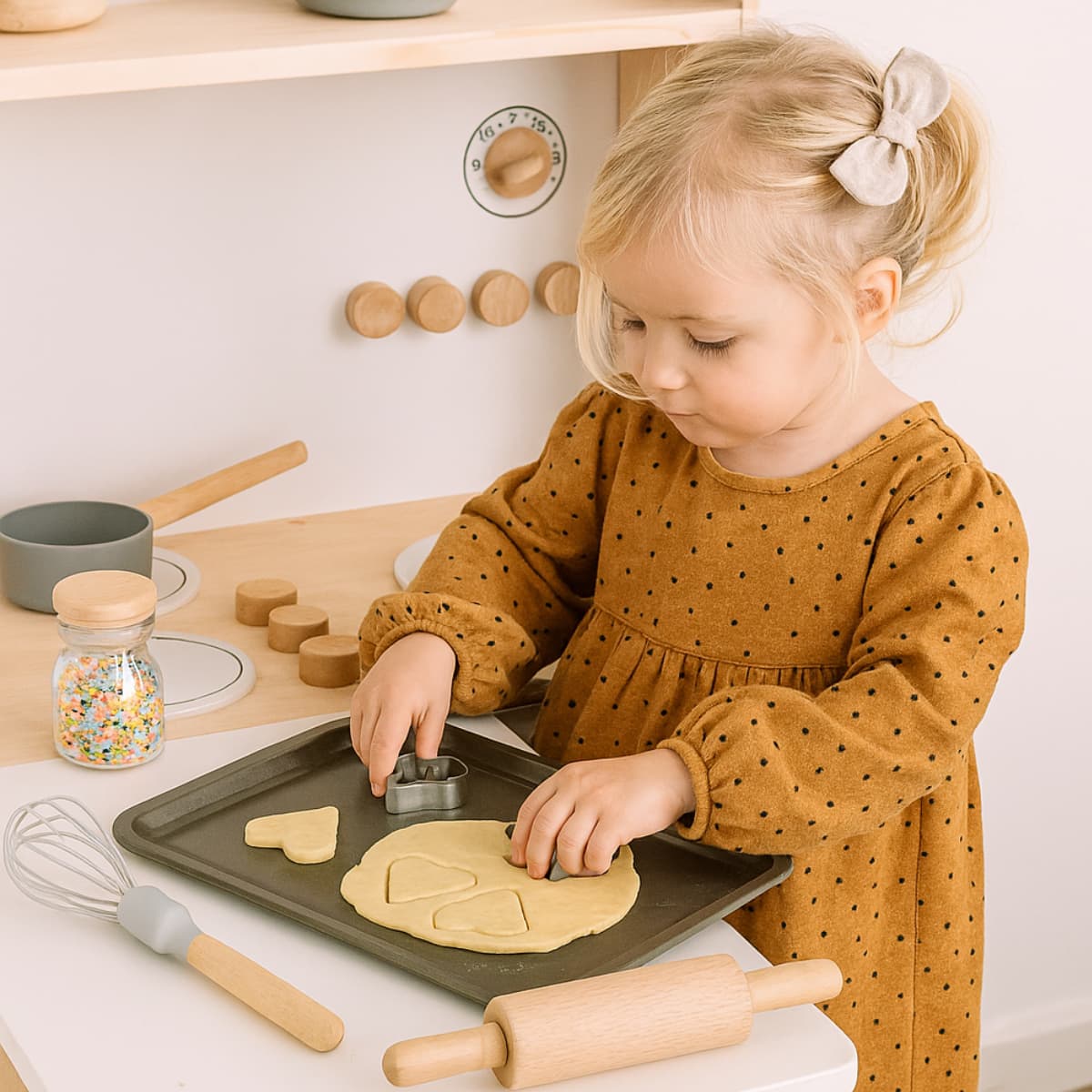
Black Locust
Black Locust Wood – Properties, Uses & Special Features
Black locust wood comes from the tree Robinia pseudoacacia, also known as false acacia. It is one of the hardest and most durable native hardwoods in Europe and is especially valued for playground equipment, furniture, and outdoor constructions.
Origin & Species
-
Genus: Robinia
-
Main species: Robinia pseudoacacia (common black locust)
-
Distribution: Originally North America, now also cultivated in Europe
-
Sustainability: Plantation-grown wood, often a by-product of latex harvesting
Appearance & Structure
-
Color: Sapwood yellowish-white, heartwood golden brown to chocolate brown
-
Grain: Ring-porous, distinctive, lively
-
Surface: Smooth, golden sheen with fine finishing
-
Special feature: Strong color contrast between sapwood and heartwood
Technical Properties
| Feature | Description |
|---|---|
| Hardness | Very high (Brinell hardness approx. 31–43 N/mm²) |
| Density | Approx. 720–850 kg/m³ – heavy and robust |
| Workability | Demanding – carbide-tipped tools recommended |
| Elasticity | High – ideal for load-bearing and flexible parts |
| Durability | Class 1–2 – highly resistant to fungi & insects |
| Drying | Slow, prone to warping if stored improperly |
Applications
-
Toys: Outdoor play equipment, climbing elements, tone bars
-
Furniture: Garden furniture, park benches, sturdy indoor pieces
-
Interior design: Stairs, flooring, doors
-
Outdoor use: Fences, bridges, terraces, posts
-
Musical instruments: Xylophones, drums
-
Agriculture: Vine supports, fence posts
-
Firewood: High calorific value, long burn time
Advantages
-
Extremely durable and resilient
-
Naturally resistant to moisture, fungi, and insects
-
Distinctive, decorative appearance
-
Suitable for indoor and outdoor use
-
Sustainable – often plantation-grown
Disadvantages
-
Difficult to work – high tool wear
-
Toxic in raw form – not suitable for animal enclosures
-
Prone to warping if dried incorrectly
-
Tannins may corrode metal parts
Conclusion
Black locust wood is an exceptionally robust and versatile material with natural longevity. Especially for durable toys, furniture, and outdoor structures, it offers ideal qualities – ecologically sound, visually appealing, and educationally valuable.





